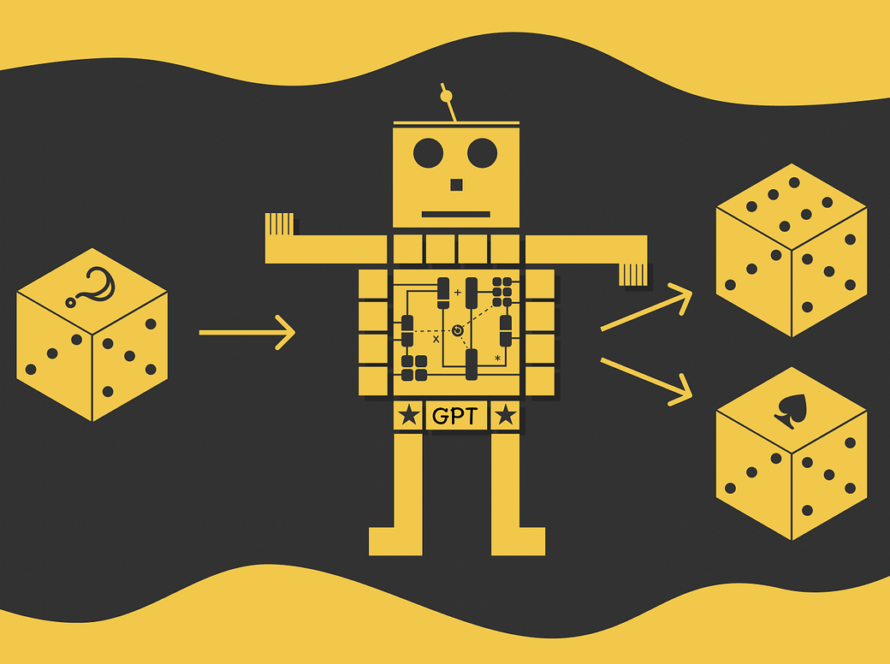Graph neural networks (GNNs) and large language models (LLMs) have emerged as two major branches of artificial intelligence, achieving immense success in learning from graph-structured and natural language data respectively.
As graph-structured and natural language data become increasingly interconnected in real-world applications, there is a growing need for artificial intelligence systems that can perform multi-modal reasoning.
This article explores integrated graph-language architectures that combine the complementary strengths of graph neural networks (GNNs) and large language models (LLMs) for enhanced analysis.
Real-world scenarios often involve interconnected data with both structural and textual modalities. This brings forth the need for integrated architectures that can perform multi-faceted reasoning by unifying the complementary strengths of GNNs and LLMs.
Specifically, while GNNs leverage message passing over graphs to aggregate local patterns, node embeddings are limited in their ability to capture rich features.
In contrast, LLMs exhibit exceptional semantic reasoning capabilities but struggle with relational reasoning over structured topology inherently understood by GNNs.
Fusing the two paradigms allows more contextual, informed analysis.
Recently, integrated graph-language architectures that synergize the complementary strengths of GNN encoders and LLM decoders have gained prominence.
As summarized in a survey paper (Li et al. 2023), these integrated approaches can be categorized based on the role played by LLMs:
LLM as Enhancer: LLMs strengthen node embeddings and textual features to boost GNN performance on text-attributed graphs. Techniques apply either explanation-based enhancement that leverages additional LLM-generated information or directly output embedding-based enhancements.
LLM as Predictor: Leverages the generative capabilities of LLMs to make predictions on graphs. Strategies either flatten graphs into sequential text descriptions or employ GNNs for…



